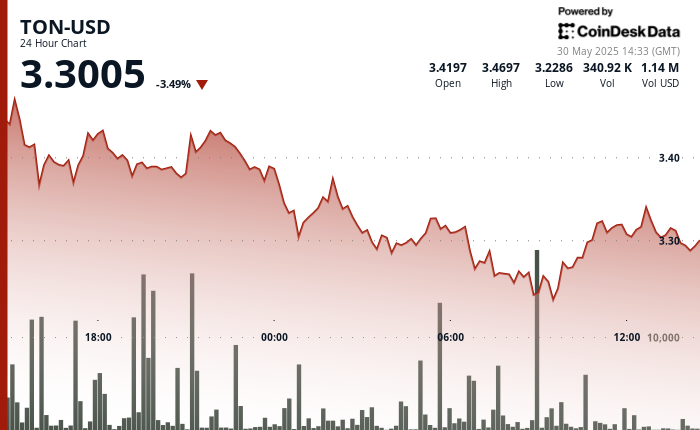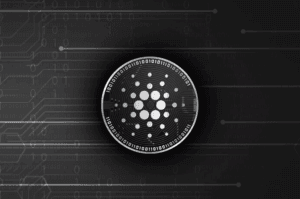
Ethereum achieves significant real-time zk-proof milestone, marking a ‘ZK moon landing’ moment.
Succinct has achieved real-time zero-knowledge proving for Ethereum blocks, successfully generating cryptographic proofs in fewer than 12 seconds.
The SP1 “Hypercube” zkVM from Succinct produced a proof for Ethereum block 22309250, which included 143 transactions and utilized 32 million gas, in just 10.8 seconds. Internal tests revealed that it could verify 93% of a sample of 10,000 recent main-net blocks in under 12 seconds, with an average completion time of 10.3 seconds.
This accomplishment signals a significant advancement in the zero-knowledge domain, employing an innovative proof system founded on multilinear polynomials, optimized CUDA kernels for tasks like LogUp GKR and sum-check, alongside a low-latency cloud setup involving hundreds of GPUs. Co-founder Uma Roy highlighted that this milestone stems from advancements in cryptography, hardware acceleration, and distributed systems.
Roy expressed,
“This represents a monumental moment for ZK technology. Real-time Ethereum proving is now a reality. Anyone involved with ZK just a year ago would have considered this a far-fetched dream.”
While this performance milestone significantly reduces the time gap between proof generation and block time, Ethereum co-founder Vitalik Buterin pointed out existing challenges.
The current outcomes reflect average performance rather than worst-case scenarios. Buterin stressed that, for real-time proving to meet Layer 1 security standards, worst-case block proving must also stay within the block time limits.
Furthermore, SP1 proofs have yet to go through formal verification, and their energy consumption is around 100 kW per proof, substantially exceeding the 10 kW that Buterin sees as feasible for residential proving. He also mentioned that significant expansion of Ethereum’s Layer 1 gas limit hinges on enhancing proof efficiency.
Conversations within the community have emerged regarding decentralization and proving capabilities. In discussions within the Ethereum Magicians forum, researcher Dankrad Odendaal suggested temporarily easing hardware decentralization targets for provers.
Odendaal observed that the overhead related to proving has significantly decreased, and he posited that additional improvements could be achieved through architectural developments or specialized hardware.
He asserted that proving offers flexibility, in contrast to other protocol scaling areas which carry permanent drawbacks. If scalability challenges arise against prover capacity, the network could revert to lower gas limits without incurring long-term state growth penalties.
Odendaal also highlighted that proof generation can be executed in parallel across distributed systems, reducing the potential for centralization risks compared to full stateful nodes. Even without minimal overhead in proving, distributed operations among multiple machines could meet latency requirements while ensuring the integrity of the system under a minority honesty assumption.
The introduction of SP1 in real-time scenarios is the result of a blend of cryptographic advancements and coordinated infrastructure efforts.
Succinct’s implementation includes bare-metal deployments and optimized distributed workloads, yet the energy and formal verification limitations underscore that proving is still developing and not yet complete.
Ongoing efforts to lower latency and energy consumption, coupled with integration at the protocol level, will influence Ethereum’s capacity to support trust-minimized execution directly at its foundational layer.



















Post Comment